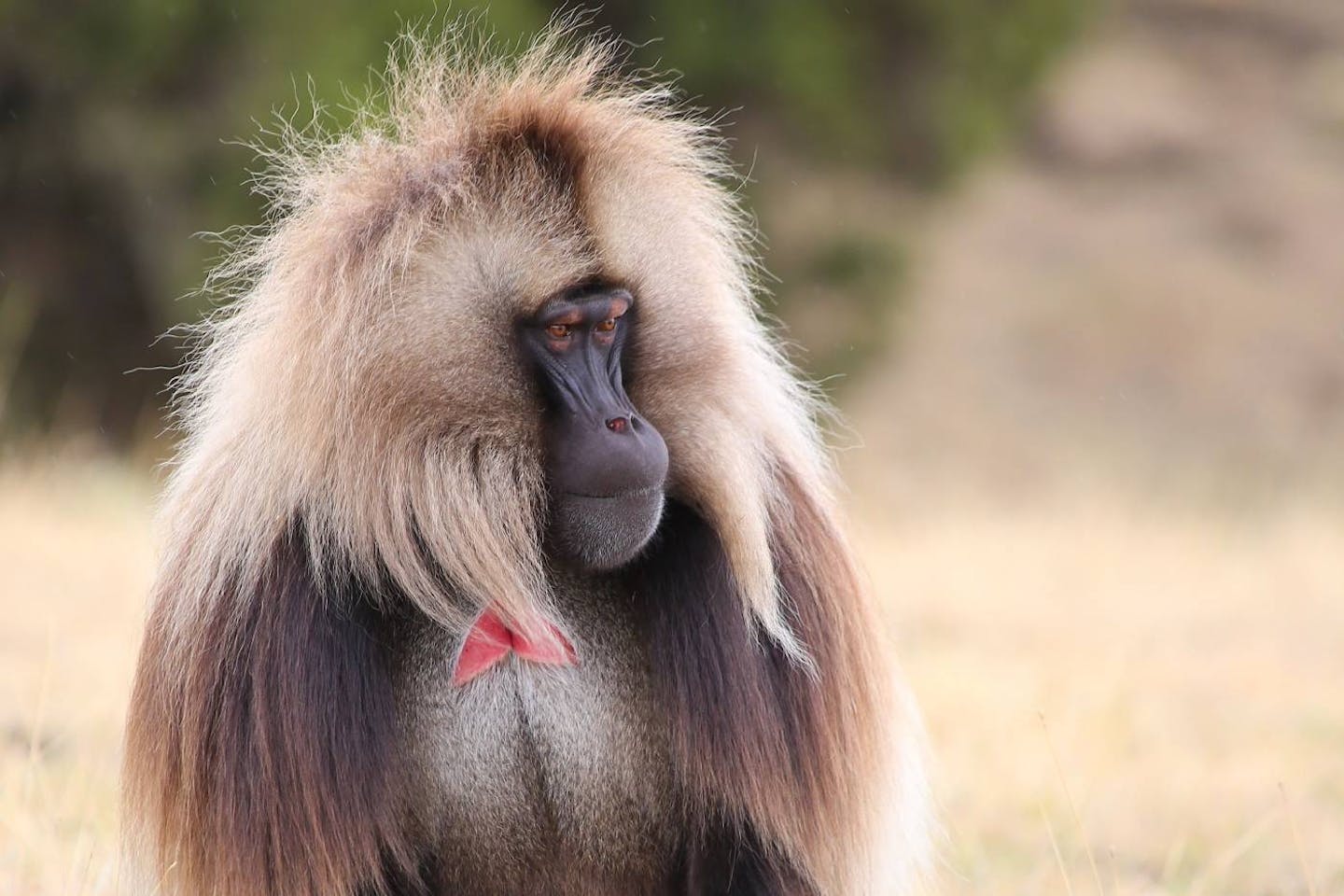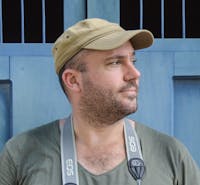Why the world needs a New Big 5 of wildlife photography
The ‘Big 5’ is an old hunting term. It highlights the five animals that were most prized by European hunters during Africa’s colonial era, the five most challenging or dangerous animals to shoot and kill: elephant, rhino, leopard, Cape buffalo, and lion. Along with the ivory trade, big game hunting changed the face of Africa, wiping out thousands upon thousands of animals.
Today, in reserves and canned hunting enclosures, people still pay to shoot Africa’s wildlife, including threatened species, often posing for photos next to their kills, or taking heads and bodies home as decorations or souvenirs.
Here's a better idea: let's celebrate the incredible animals we share the planet with via photography. This is the aim of the New Big 5, an international initiative to create a new ‘Big 5’ of wildlife photography, rather than hunting. Shooting with a camera, not a gun. Life, rather than death.
People around the world can support this project and participate by going to the New Big 5 website and voting for their five favorite animals to photograph or see in photos.

Image credit: Courtesy of Thomas D Mangelsen
The project is supported by more than 150 international photographers including Ami Vitale, Thomas Mangelsen, Marina Cano, Marsel van Oosten, and Usha Harish, and global wildlife charities including Save The Elephants, Dian Fossey Gorilla Fund, Ewaso Lions, and Polar Bears International, among others. “What a great project the New Big 5 is,” says renowned primatologist Dr. Jane Goodall. “I wonder what the final choices will be. Any project which brings attention to animals, so many of whom are threatened or endangered, is truly important.”
The original Big 5 term is still used to market tourism in a few African countries, especially South Africa. But times change. Ideas and language change. “So many of us are out there risking our lives to save elephants and rhinos from poaching, so the ‘Big 5’, which associates wildlife with something as archaic as hunting, feels like it should have been squashed a long time ago,” argues Jamie Joseph, founder of Saving The Wild. “Instead, we should be celebrating the extraordinary but vanishing species found across the globe. That’s what makes the New Big 5 so powerful: it’s a platform to bring like-minded people together and create a wave of change.”
Many safari companies and lodges now bar their staff from using the ‘Big 5’. A ‘butcher’s term’ is how one camp owner described it. “We now have the opportunity to respect wildlife for reasons other than as targets of our cruel games,” says Dr Paula Kahumbu, CEO of Wildlife Direct, “and to atone for our violence by pouring love, admiration and respect into a new understanding of a ‘Big 5’.”
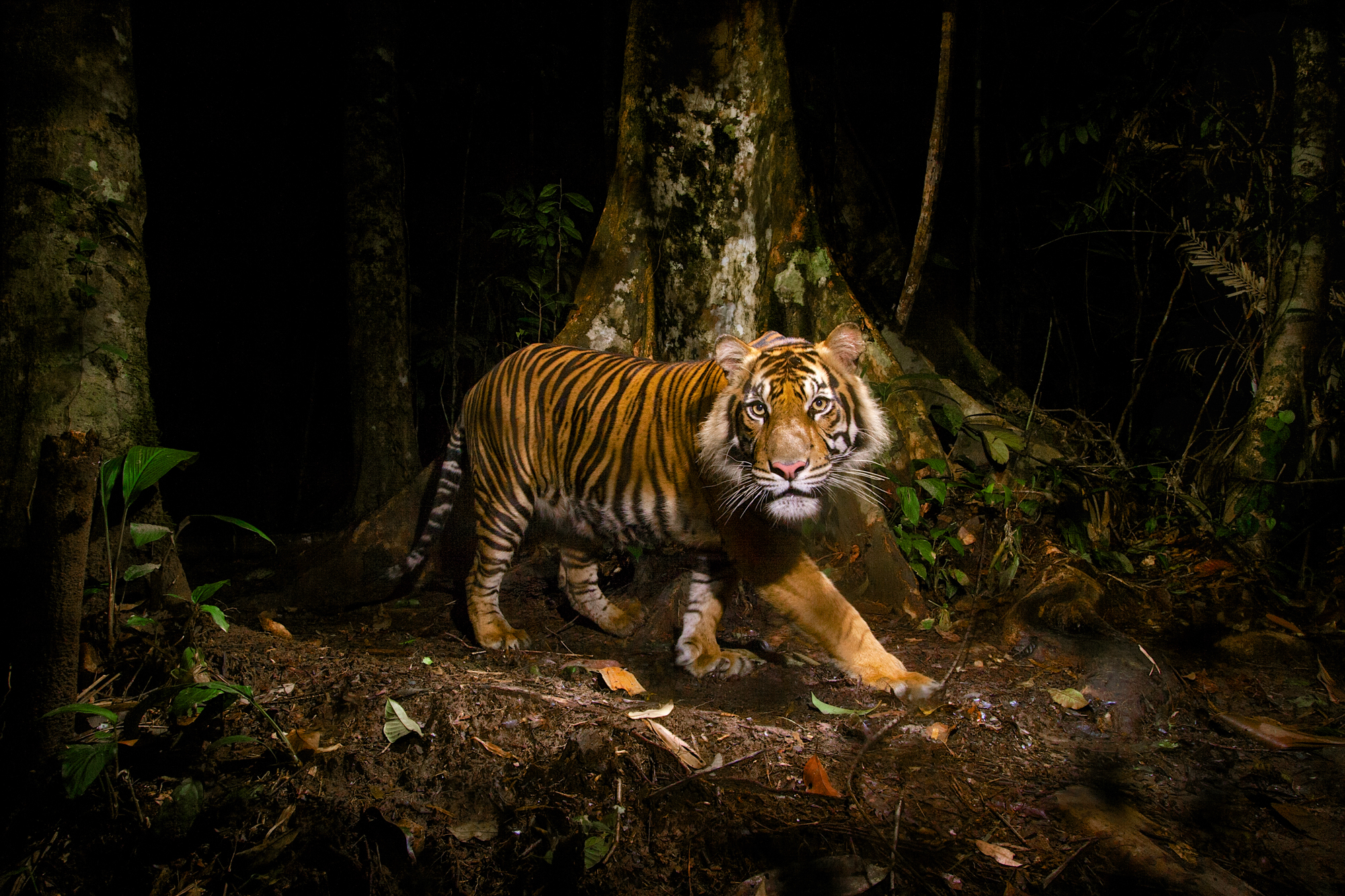
Image credit: Courtesy of Steve Winter
It’s a lively conversation-starter: what’s your personal ‘Big 5’ from all of the world’s animals? But there’s a serious aim behind the project. Wildlife photographers and journalists are oftentimes at the forefront of the environmental crisis, cataloging the damage human activity is causing to nature. More than a million species of animals and plants are at risk of extinction. African lions have seen numbers fall by half in the last 25 years, reduced to around 20,000. Cheetahs are down to 7,100. Elephants and rhinos are still being poached for tusks and horns. 200,000 pangolins are being trafficked each year. Habitat loss is reducing orangutan and giraffe populations. This project aims to drive awareness of these issues.
The project isn’t an anti-trophy hunting campaign, and there are far greater threats to wildlife’s existence, including habitat loss, human-wildlife conflict, illegal wildlife trade, poaching, pollution, and climate change. The New Big 5 website contains articles, interviews, podcasts, and photography that covers both the myriad of problems facing wildlife and possible solutions, such as innovative technology, community projects, conservancies, local leaders, and rewilding efforts.
Photography is more than just a way to celebrate wildlife. It can also be used as a powerful conservation tool, with many photographers raising money with print sales and book sales, and using their work to raise awareness. Wildlife charities use photography to get their messages across. Photography can communicate the beauty of the natural world and what’s at stake. It can expose brutal realities, cruel captivity, and destroyed habitats. It can provoke both outrage and action. It can tell stories, highlight great work being done, and point to solutions.
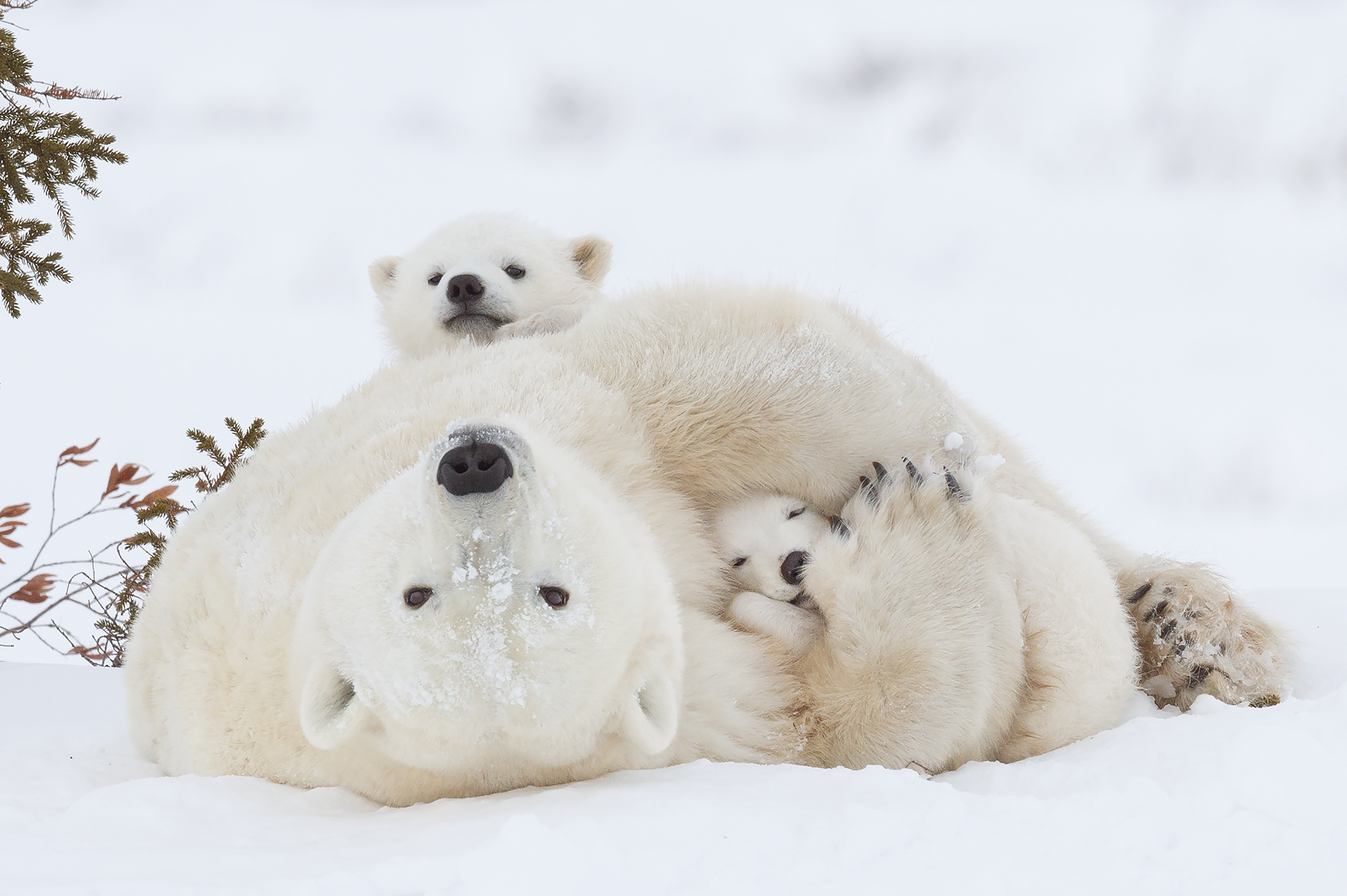
Image credit: Courtesy of Daisy Gilardini
The New Big 5 project is not intended to be just about iconic species. Hopefully, the five chosen animals can be global ‘ambassadors’ for all the world’s wildlife, great and small, famous and unknown. It’s likely every animal in the final five will be one that’s listed as ‘endangered’ or facing a serious threat to its existence. These five animals should remind us all of what we stand to lose.
In nature, everything is connected. These five animals will also be vital players in their ecosystems, essential to the wellbeing of other species and the balance of nature. The world’s wildlife is vital to human survival too, with biodiversity essential for clean air, fresh water, food supplies, and the fight against climate change. In every imaginable way, our world’s better with all these creatures alive and thriving than without.
There’s now a global movement to protect and restore nature. The murder of six rangers in Virunga National Park, DRC’s mountain gorilla hotspot, was another tragic reminder that people are giving their lives for this cause. The Covid-19 pandemic has made the work of conservationists around the world even harder but it’s also seen as a ‘wake-up call’ for humanity to change our relationship with nature and not return to ‘business as usual.’
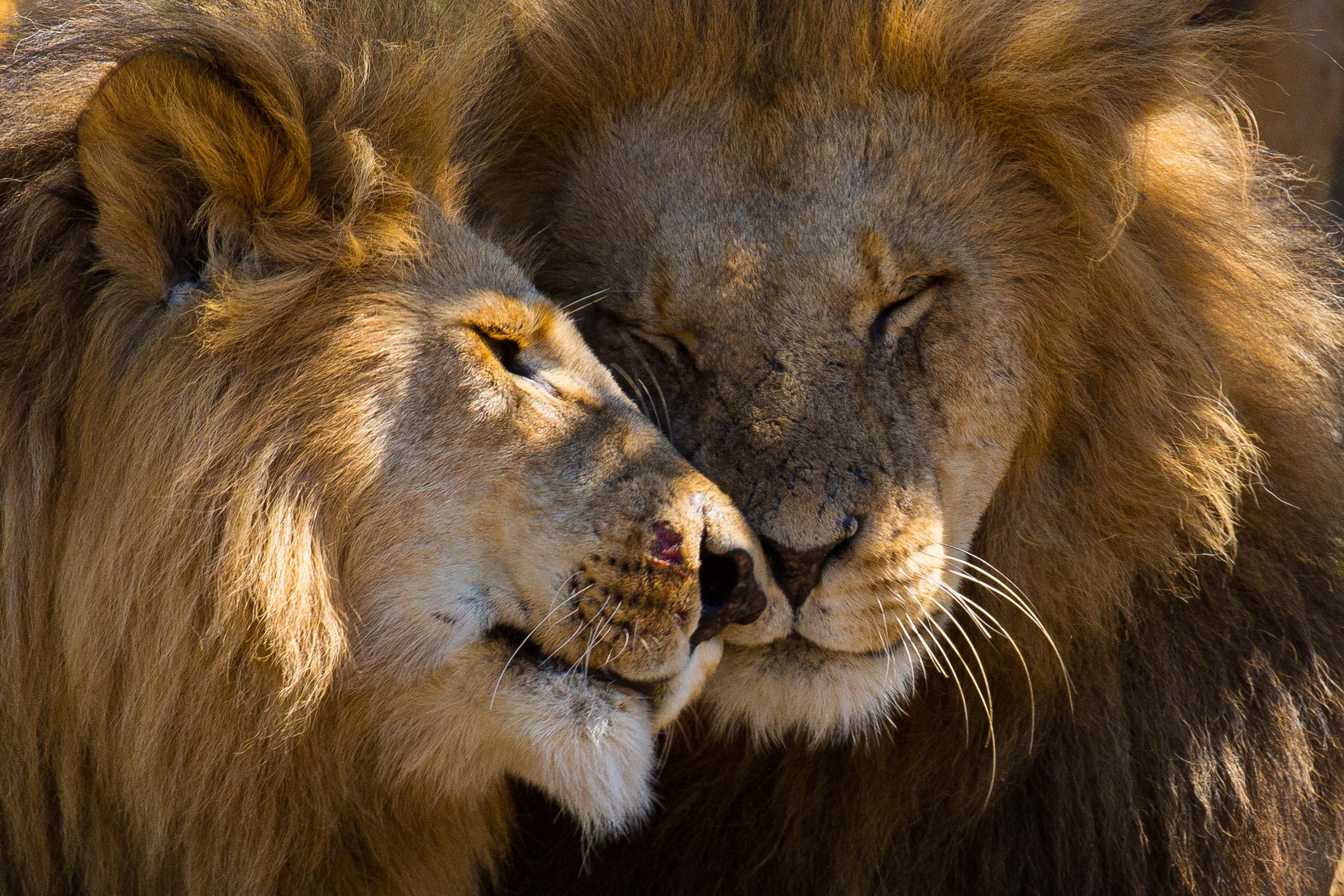
Image credit: Courtesy of Graeme Green
Solutions exist. Conservation works. Recent successes include increased numbers of mountain gorillas, black rhinos and West African giraffes, all previously feared to be heading for extinction. Ivory bans have reduced the number of elephants being killed. Whales are returning to protected waters. Wildlife charities are working to save cheetahs, lions, pangolins, and wild dogs.
Whichever animals make the final five, the message of this project is that all wildlife deserves to exist and every single species needs to be protected. Action is urgently needed, and change is possible. “The power of one individual is real,” says Nat Geo photographer Ami Vitale. “I see it over and over in the stories I work on. Climate change is real. We’re facing incredible rates of extinction. But there’s so much that we can all be doing. Nature is incredibly resilient. If we work hard, nature can come back.”
Meanwhile, please remember to vote.
